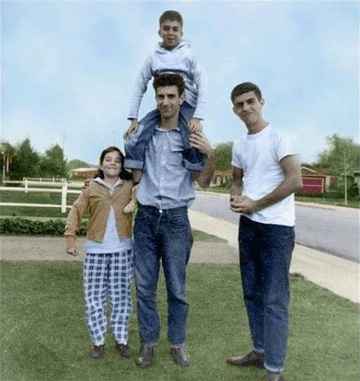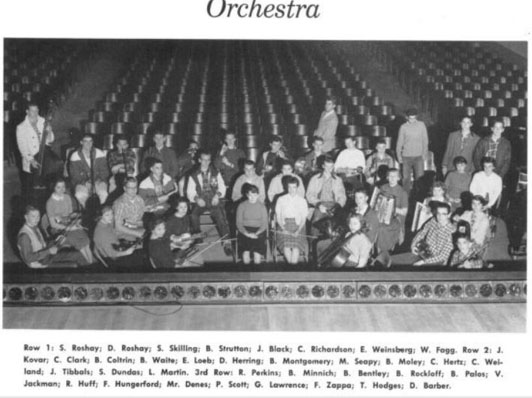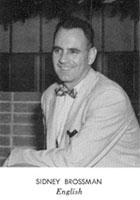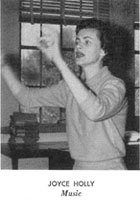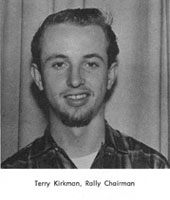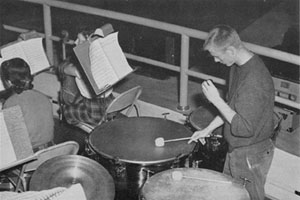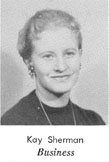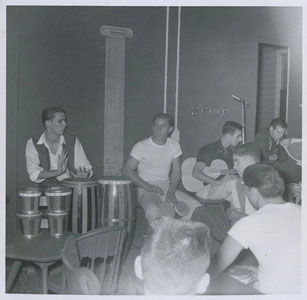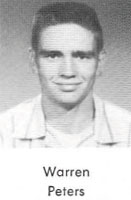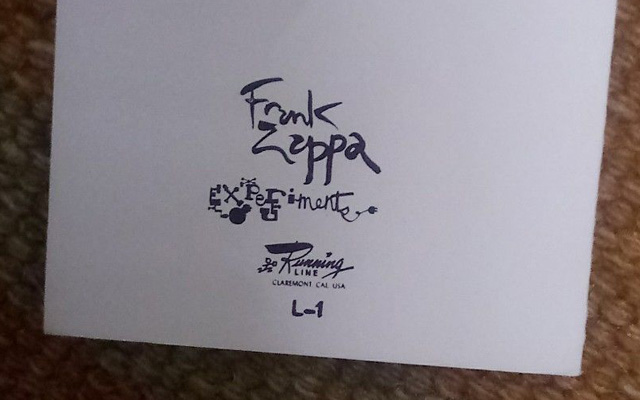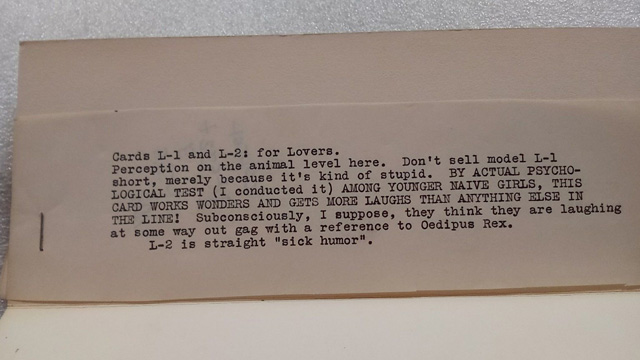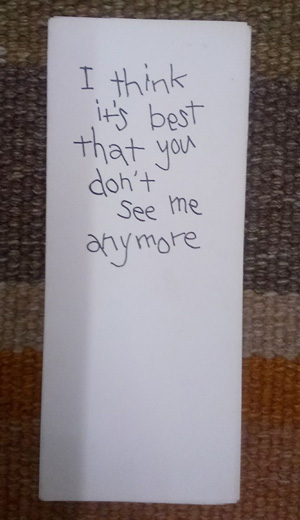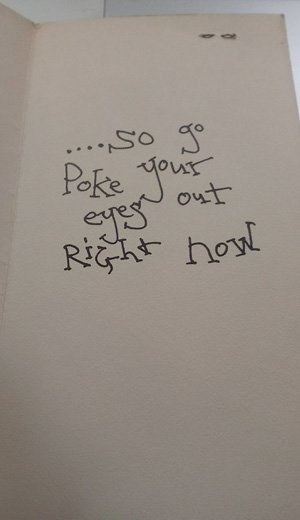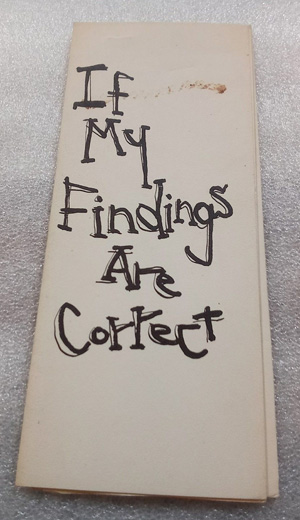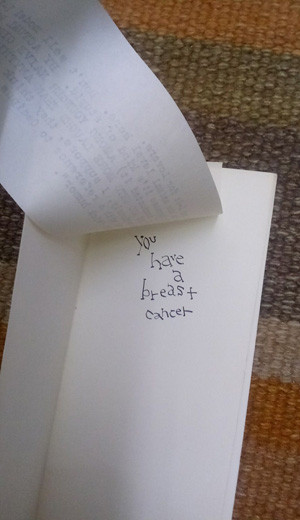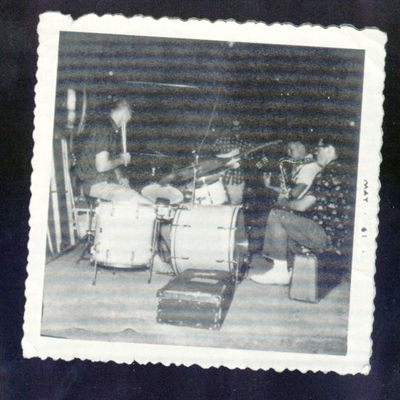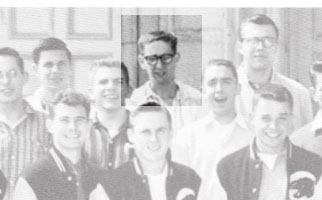1958-1959—Claremont, CA
[Candy, Frank, Carl, Bobby.]
1958—Saint Augustine St, Claremont, CA
Bob Zappa with Bob Stannard, Frankie & Bobby: Growing Up Zappa, 2015, p. 196
Dad told us that he got another job.
This news was actually welcomed [...]. Packing up and leaving Lancaster was a breeze compared to all the other times. [...] The even better news was that we were moving back to Claremont, California.
Dad's new job was working again for Convair, the defense contractor that he had worked for when we first moved to Claremont.
Patrice "Candy" Zappa, My Brother Was A Mother, 2003, p. 45
Around the end of 1958, we moved to a house on Saint Augustine Street in Claremont, California, and that's where Dad had his first major heart attack.
David Walley, No Commercial Potential, 1996, p. 32
In the spring of 1959, the Zappa clan again [...] moved to Claremont, California.
Bruno Ceriotti, "David Lindley And Chris Darrow," Bruno Ceriotti, Rock Historian, retrieved February 17, 2016
September 1958-June 1962
Chris Darrow attended Claremont High School, 1601 North Indian Hill Boulevard, Claremont, San Gabriel Mountains, San Gabriel Valley, Los Angeles County, CA. By the way, one of Chris' classmates was Bobby Zappa, Frank Zappa's little brother.
December 22, 1958—"Waltz #1"
L.A. Night Piece
Antiquarian Booksellers' Association Of America (c. October, 2010)
Claremont: Frank Zappa, 1959. First edition. Loose Sheets. Very Good. Interesting Zappa archive including a four-page typed "beat" poem entitled L. A. Nite Piece along with three Typed SIGNED Letters to publisher Grover Haynes discussing the piece and its publication. Zappa specifically wanted this published under the pseudonym Vincent Beldon. The poem was eventually published in an obscure little poetry magazine.
1959—Oak Park Drive, Claremont, CA
Comment by Patrice "Candy" Zappa to David Allen, "Own Your Own Zappa House," The David Allen Blog, August, 2011
We lived [on Oak Park Drive] in 1959. Frank lived there briefly and moved out that same year. We also lived in the house next to it in 1952.
Roger Nichols
"Roger Nichols (recording engineer)," Wikipedia, October 26, 2013
Roger Nichols (September 22, 1944-April 9, 2011) [...] was born in Oakland, California. His father was an U.S. Air Force B-47 pilot; as a result the Nichols family lived in various spots in the U.S. for the first eleven years of his life. In 1957 his family settled in Cucamonga, California, where Nichols attended High School. One of his classmates was Frank Zappa; Zappa would drop by Nichols' house to "play guitar, and we would do multiple passes of guitars and bounce them together" on Nichols' first recording device, a reel-to-reel tape deck using quarter inch tape.
Sandra Emerson, "Music students pay tribute to Grammy winning Upland High School alumn," Upland Now, April 20, 2009
Roger Nichols graduated from Upland High School in 1962. [...] As a freshman at Upland High, Nichols started experimenting with recorders because he did not like the sound of stereos.
"I hated the clicks and pops," he said. "I hated that part. It got in the way of the music. I thought, if I recorded my own stuff then I'd have copies without all the clicks and pops."
Nichols built a tape recorder and started recording with friends, such as musician Frank Zappa.
"My mother knew his dad, and before Frank Zappa was famous, he would come over to my house and we would record guitars, just to see what it sounded like," Nichols said.
Claremont High School Orchestra
El Espiritu (Yearbook), Claremont High School, 1959
Row 1: S. Roshay; D. Roshay; S. Skilling; B. Strutton; J. Black; C. Richardson; E. Weinsberg; W. Fogg. Row 2: J. Kovar; C. Clark; B. Coltrin; B. Waite; E. Loeb; D. Herring; B. Montgomery; M. Seapy; B. Moley; C. Hertz; C. Welland; J. Tibbals; S. Dundas; L. Martin. 3rd Row: R. Perkins; B. Minnich; B. Bentley; B. Rockloff; B. Palos; V. Jackman; R. Huff; F. Hungerford; Mr. Denes; P. Scott; G. Lawrence; F. Zappa; T. Hodges; D. Barber.
Murray Gilkeson, December 15, 2015
In talking to over 30 people that remembered Frank, a gentleman named Armando Bustos ('59) contacted me and told me his friend Bob Palos had mentioned that "Frank played drums next to him on trumpet during their senior year." [...] It turns out that when the Zappas moved back to Claremont in 1959, Frank would visit Claremont High Band and Art classrooms. Armando Bustos saw him frequently enough, that he thought he was attending school. Richard Martinez ('59) confirmed to me that Frank would visit his Art class.
I wondered at the time if Frank was auditing the class or just visiting. Chris Denes told me that his father George Denes was not that worried about the rules, so he could have let Frank sit in on the class. George Denes was mentioned to me frequently when Frank's classmates in the band talked about memories of Frank being involved in music during '53-'54. I believe George was quite a mentor to Frank because I heard other stories (Vic Mortensen for example) about Frank visiting the campus after the Zappas moved from Claremont the first time. In fact, Chris Denes told me that Frank called George years later and wanted to use the Claremont Orchestra for the soundtrack to The World's Greatest Sinner, but George declined, so Pomona was used instead and recorded at Chaffey College.
